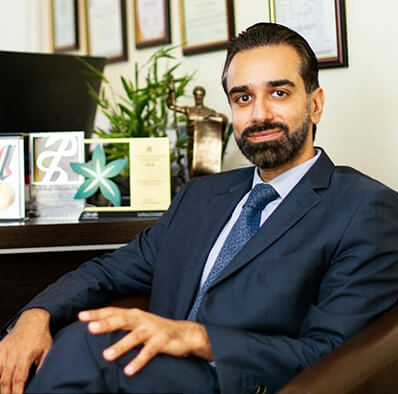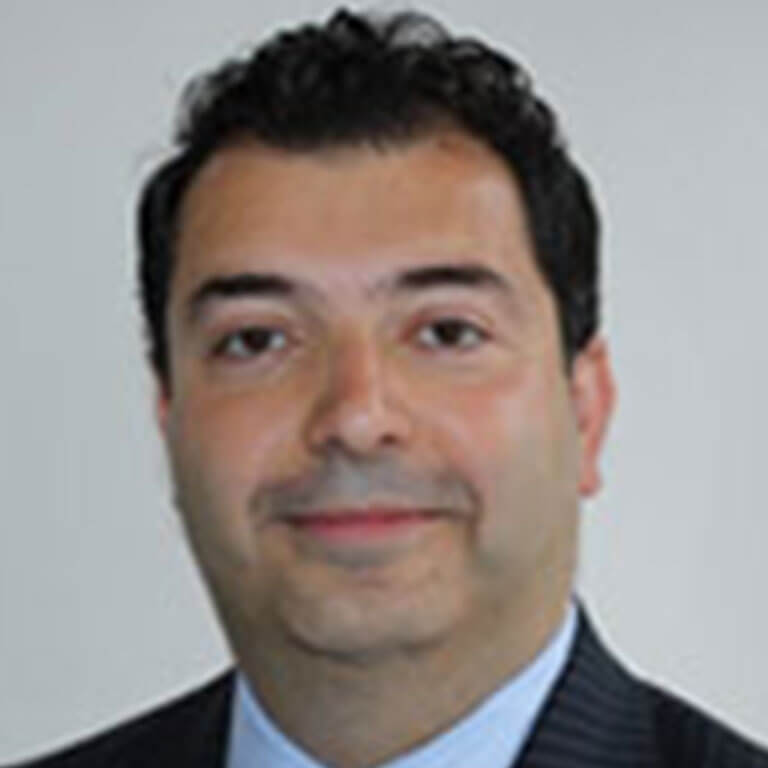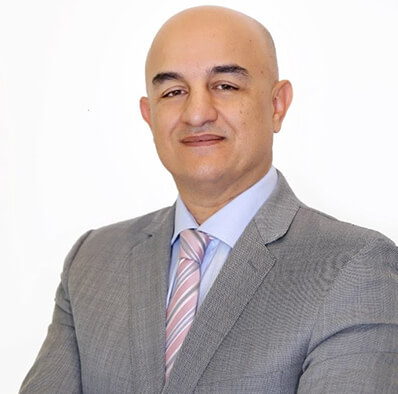Stem Cell Therapy Treatment
The main question is what are corneal stem cells and why do they fail of become deficient? Corneal Limbal Stem Cells (CLSC) are the mother cells that regenerate and produce hundreds of daughter cells over its life time. There are a certain number of these cells that reside in the limbal area on the eye surface that is the area between the cornea and the conjunctive (or where the white meet the black on the eye surface).
The newly formed cells are essential to keep the cornea (the strongest lens in the eye) very clear and transparent to light and also to cover any gap on the corneal surface such as scratch on the eye after trauma or chemical/burn injury or corneal infection / corneal ulcer. These cells are very sensitive and lie deeper on the surface of the eye. Stem cells are very sensitive to environment and can be damaged after an eye injury such as (chemical burn, heat burn, or UV light) or severe eye inflammation or eye infection.
Treatment of stem cell damage can range from conservative treatment that aims to provide optimal environment for the remaining survived stem cells. This will mean a wide range of eye products to protect, nourish, and promote healing. However, in severe cases all stem cells can be lost leading to total stem cell deficiency and loss of corneal clarity i.e. loss of vision.
Stem cells transplantation (SCT) may become necessary to replace dead stem cells with healthy ones and restore ocular surface. Any attempt to restore vision by doing corneal transplantation will fail and lead to further complications. The primary treatment should be restoring healthy eye surface by transplanting stem cells in the first instance. At later stage and following success of stem cell transplantation, corneal transplantation/graft would be a good option to improve vision.
The process of restoring the eye surface, comfort, and improvement of vision will take a long time and involve intensive treatments and multiple surgeries. Additionally and to maximize outcomes of SCT, we use amniotic membrane transplantation and eye surface optimization protocol which is unique to Imperial Healthcare Institute.
What To Expect During Stem Cell Transplantation
Tranquileyes Chronic Dry Eyes Kit with Thermoeyes
The Moist Heat Therapy uses heat to help loosen critical oils we need to slow evaporation of our natural tears. The increased humidity created within warm water, reduces the evaporation of natural and artificial tears. The combination of the two (moisture and heat) create a soothing environment for the cornea. Chronic sufferers can use Tranquileyes Thermoeyes as dry eye therapy to enhance the benefits of artificial tears, Restasis, ointments, Punctual Plugs and supplements. The Tranquileyes goggles can also be used for sleep to help keep the moisture in and drafts out during the night. Each dry eyes treatment kit includes everything an user needs to create four months of daily 20-25 minute Moist-Heat Therapy.
Benefits
- Relieve symptoms of chronic dry eyes
- Helps stimulate tear production
- Loosens oils in the meibomian glands
- Minimizes tear evaporation
- Reduces lid puffiness and swelling
- Doctor recommended
Included in the dry eye relief kit
- One pair of Tranquileyes goggles
- One set of reusable Thermoeyes
- One set of foam replacements
- Net dry bag
- Travel sack
- 1.0 oz. anti-bacterial Cleanser for foam

Care
- Hand wash gel packs with mild anti-bacterial soap.
- Rinse well and air dry in enclosed net bag.
- Replace all foam as needed (60 uses.)
Suitable Candidate for Stem Cell Transplantation
For Appointments
Please feel welcome to contact our friendly reception staff with any general or medical enquiry call us.
Opening Hours
Sunday* 10.30 AM – 3.30 PM
Meet Our Doctors
Our medical and support staff hold expertise in their respective fields and are will assist your medical needs with care and compassion




